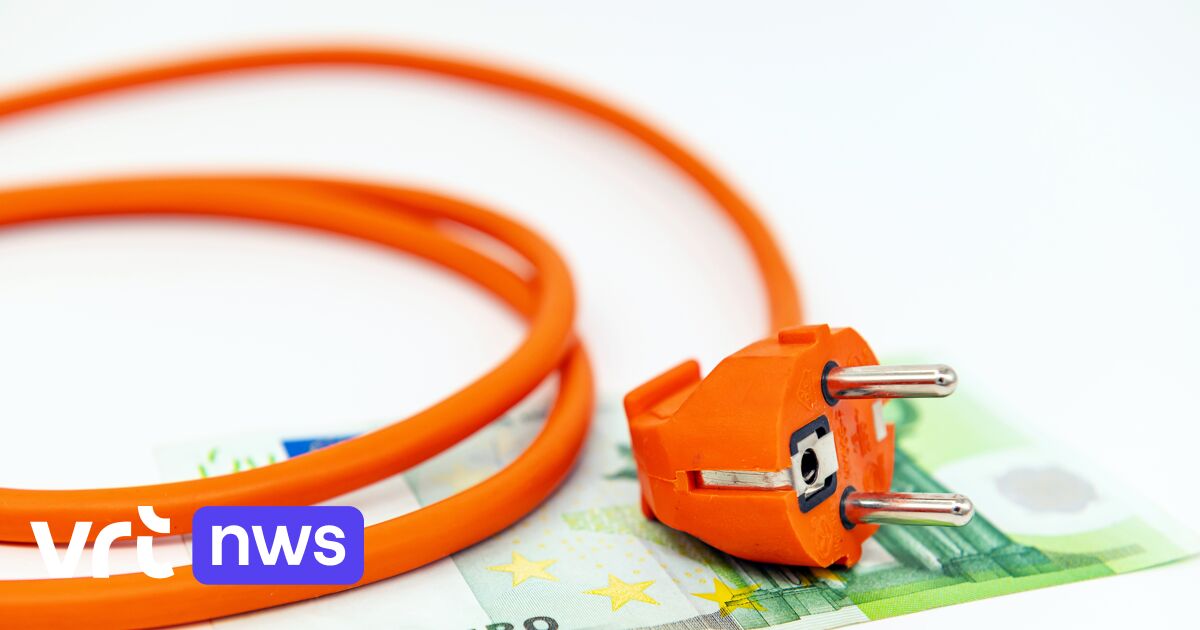Economic setbacks make it difficult for debtor countries to recover. Beijing is forced to accept debt restructuring. 60% of Chinese loans abroad correspond to indebted countries. Turkey has no foreign exchange reserves to pay what it owes to China. Compared to 2018, investments in Belt and Road decreased by $ 50 billion in 2021.
–
Beijing (AsiaNews) – Problems with the debts of its partners are forcing China to reduce investments in the Belt and Road Initiative, Xi Jinping’s megaproject to strengthen China’s commercial centrality by building infrastructure and transit routes in different parts of the globe.
The indebted countries are asking China (and other lenders) to lower interest rates, extend payment terms and discounts on the principal to be repaid. Yesterday Ecuador announced that it has reached an agreement with Chinese banks to restructure its debt; in August, Beijing declared that it had forgiven the repayment of 23 zero-interest loans, granted to African countries, which expired at the end of 2021.
According to data from Rhodium Group, China had 19 debt redemption cases in 2021 and 21 in 2020: in 2019 there were only nine. First of all, the Covid-19 pandemic and the global effects of the war in Ukraine have hindered the economic development of the debtor countries.
As Nikkei Asia reports, a team of researchers led by World Bank chief economist Sebastian Horn calculated that 60% of Chinese overseas loans went to countries with debt problems: in 2010 it was only 5%. Not only that, Belt and Road partners such as Turkey, Nigeria, Ghana and Egypt have seen their foreign exchange reserves dramatically decrease, limiting their ability to repay debts with China.
In this complex debt scenario, coupled with the Chinese economic crisis, Chinese investments in the Belt and Road are in a phase of stagnation. Calculations by the Green Finance & Development Center show that in the first six months of 2022 they stood at $ 28.4 billion, up from $ 29.6 billion the previous year. Saudi Arabia was the first recipient, while economically unstable countries like Russia and Sri Lanka received no investment.
If we consider the medium-term data, we note the sharp decline in Chinese commitments in the “New Silk Roads”. In 2021, Chinese investments and construction under the banner of the Belt and Road reached $ 70 billion: over $ 60 billion in 2020, the first year of the pandemic, but far from $ 110 billion in 2019 and over 121,000 million in 2018.
–


